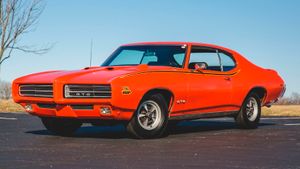This is a supercar far too many have forgotten.
Technically, there’s only one BMW supercar to have ever been made, the M1. While some laughably try to apply the same label to the i8, it’s the M1 that boasted impressive performance combined with dramatic looks for its time. Those who aren’t too familiar with the BMW M1 might be wondering why it isn’t celebrated more by enthusiasts like the Lamborghini Countach, considering its unique position. To understand that you must first learn the history of the supercar.
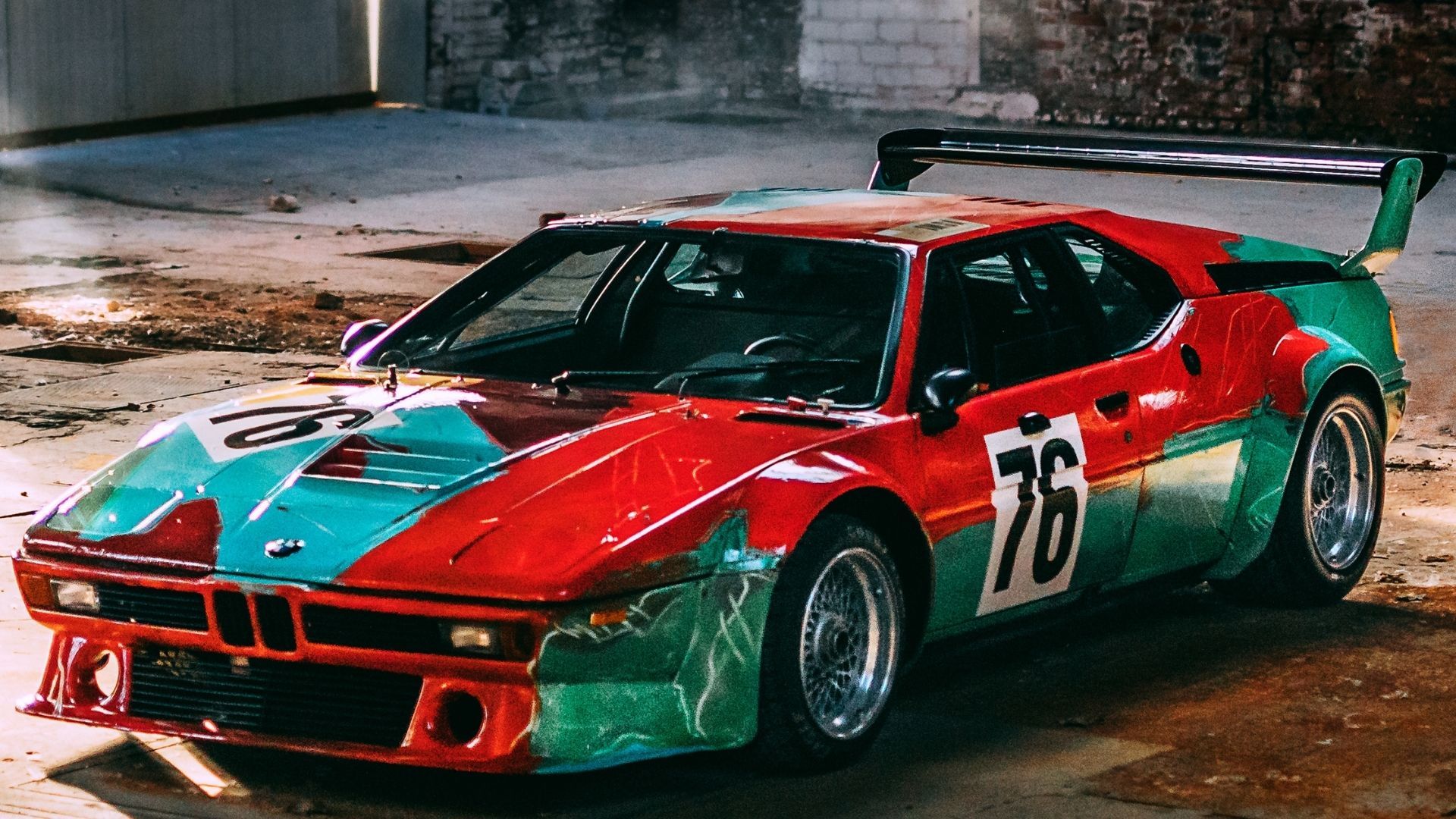
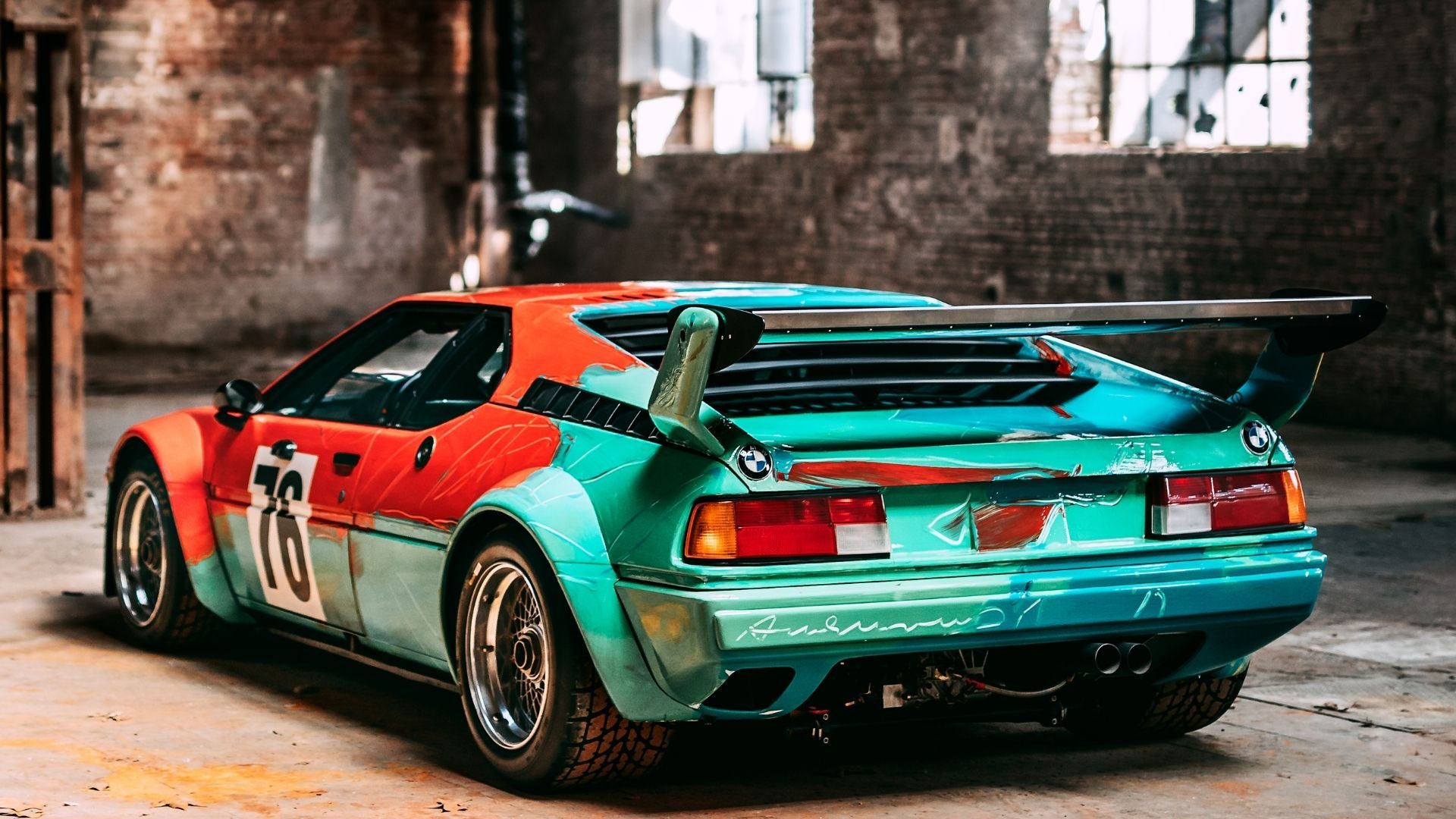
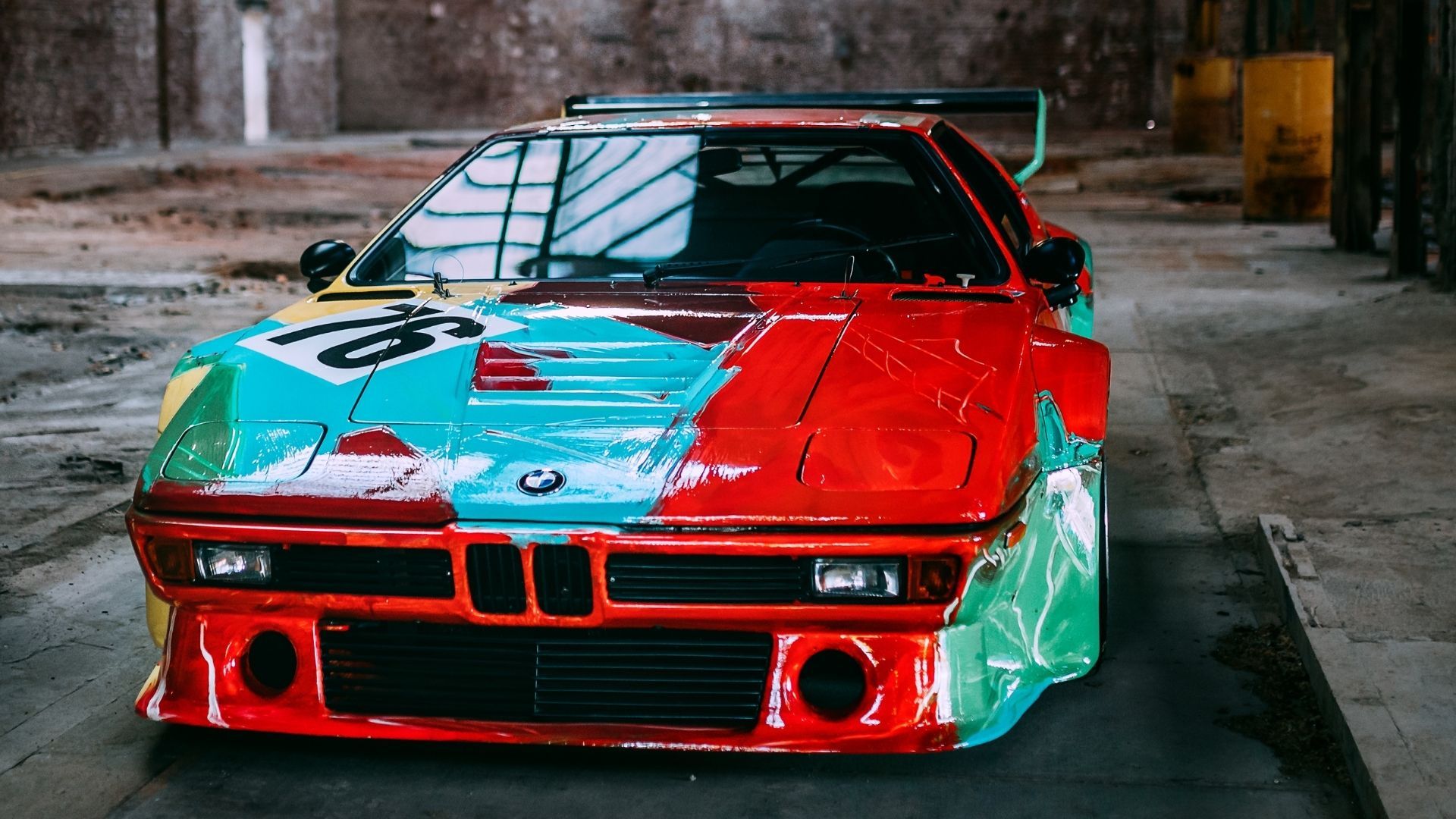
Even at a glance, there’s no denying the BMW M1 is an attractive vehicle, especially for its time. It was quickly praised by artists from around the world, with Andy Warhol famously turning one into a mobile canvas.
For those who know little or nothing about the BMW M1, it’s a surprise to learn Lamborghini was involved in the development process. The Italian supercar brand created the tubular spaceframe chassis, leveraging its experience with mid-engine designs. However, Lamborghini started to run seriously behind schedule, one of the early signs the M1 program was in for a rough existence.
Frustrated by the delays, BMW decided to create the chassis in-house, however by that point the racing regulations under which the M1 had originally been designed had shifted significantly. This revelation caused many customers to cancel their orders, risking the German automaker not being able to sell the mere 400 units required under Group 4 homologation.
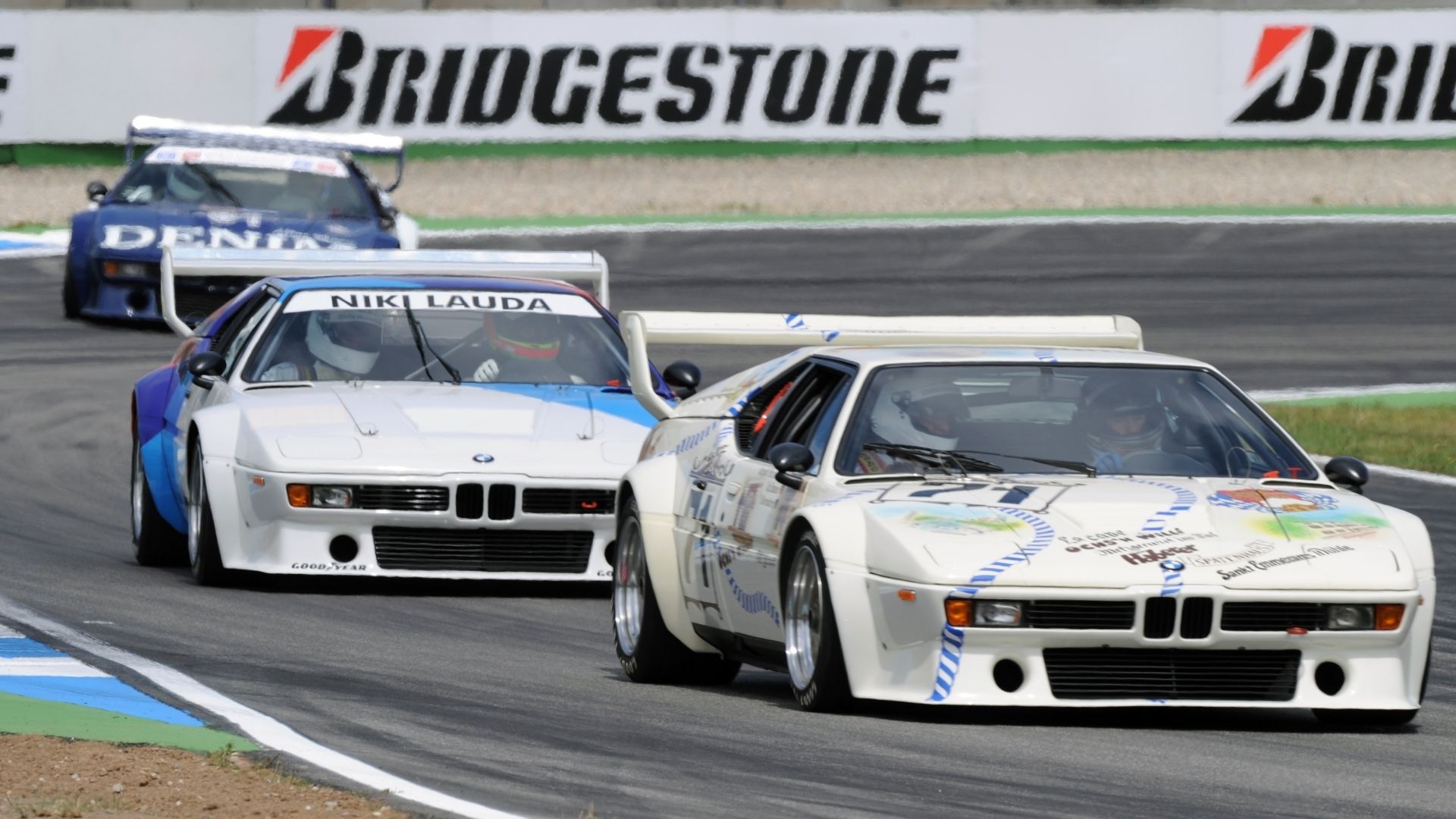
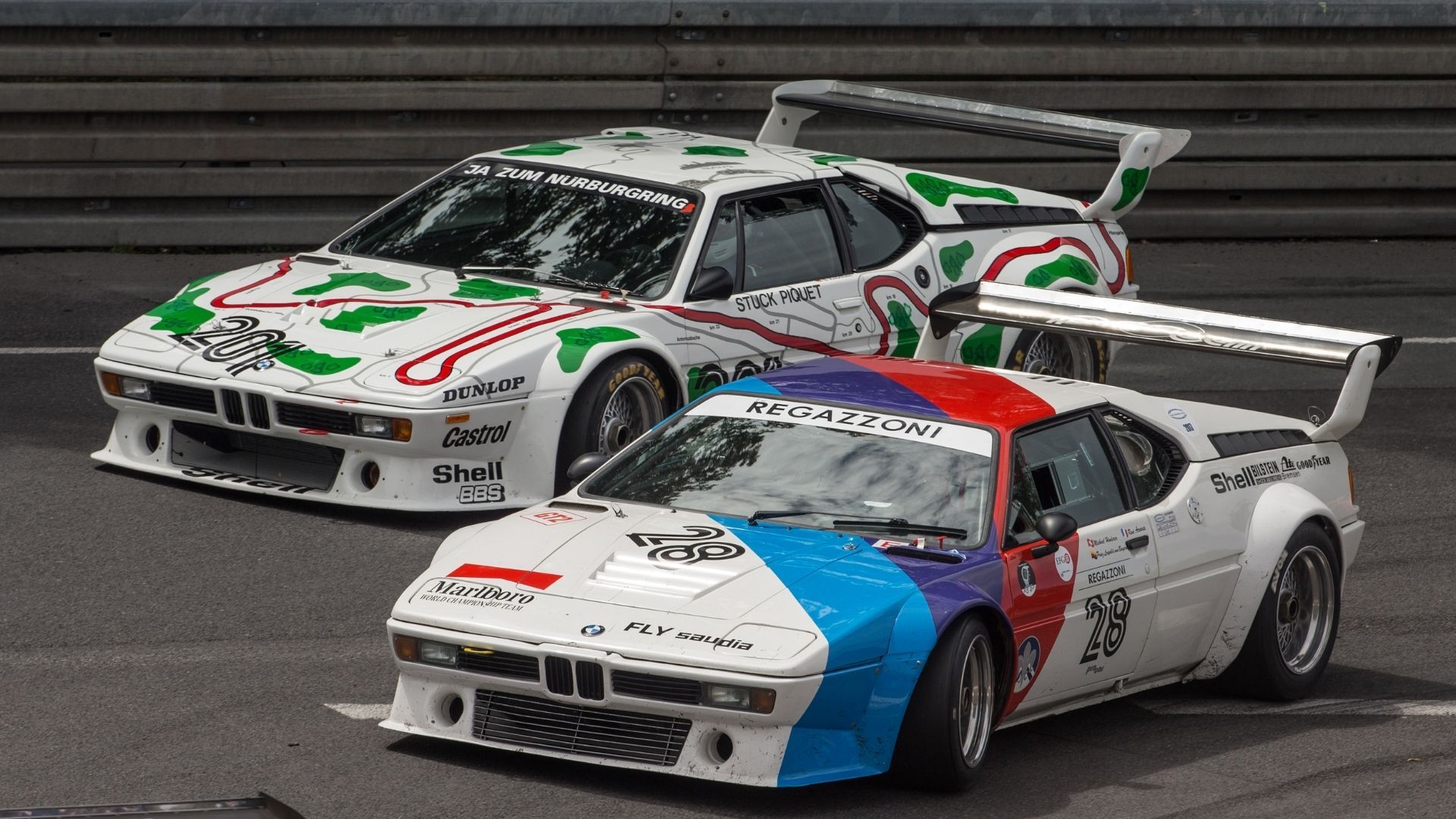
In a sudden strategic pivot, BMW decided to launch the ProCar race series. All drivers would be behind the wheel of the M1 in a huge marketing event. To make the races extra exciting, Formula One drivers in factory-supported vehicles were going toe-to-toe against private owners in a crowded field. There was a lot of contact between the many supercars, an element which surely would get people talking and watching the series.
Even with excitement of the races, the steep price of the M1, which initially was selling for 100,000 Deutschmarks and later for 113,000 Deutschmarks, buyers weren’t snatching the supercars up. In fact, BMW was forced to lower the price to 90,000 Deutschmarks to unload the remaining stock.
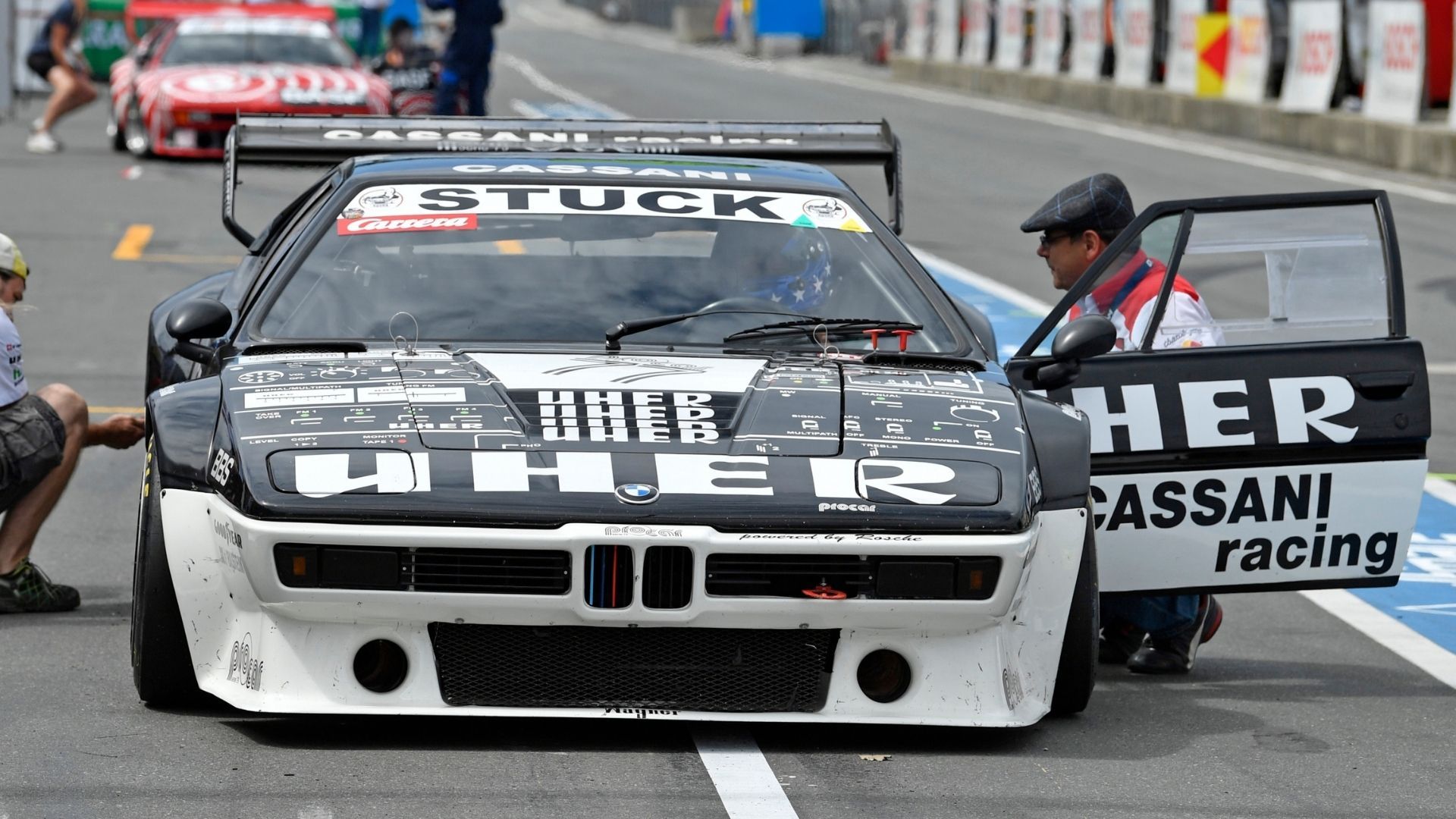
One of the torturous details of the M1 program was that BMW had decided to make three versions of the M1. The first would be a “roadgoing” model with 277-horsepower on tap via the 3.5-liter straight-six engine. A second model called the Group 4 would push output to 480-hp and include more aggressive suspension tuning. Even more amazing was the plan for a Group 5 model with a turbocharged 3.2-liter straight-six pushing about 850-hp. Even by today’s standards, the final version of the M1 would’ve cemented the supercar as an absolute legend. However, it wasn’t to be.
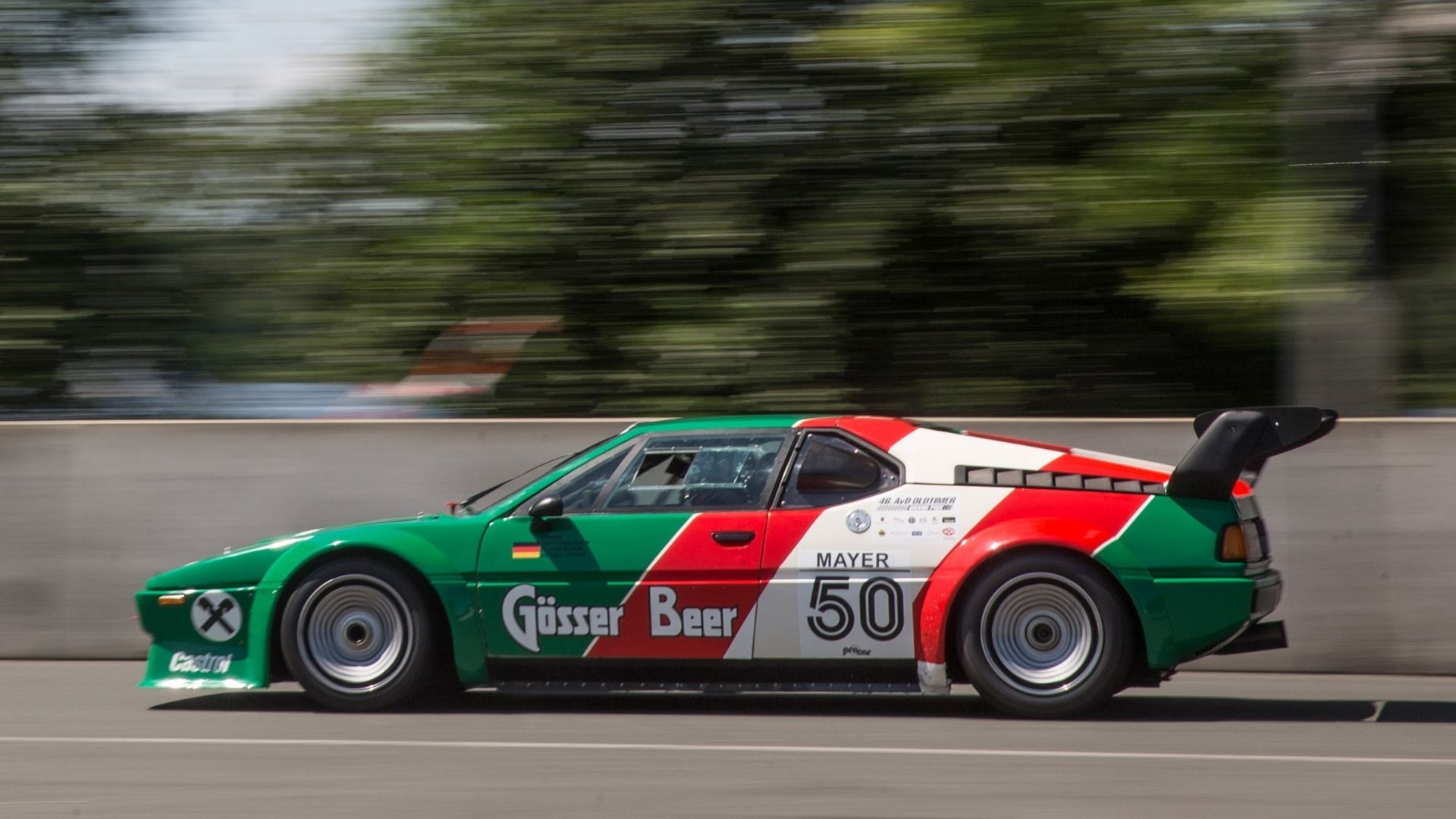
At the time, BMW was seen as anything but exotic, a fact buyers who normally would be shopping for a Ferrari or Lamborghini just couldn’t get over. Another chief complaint was that the M1 only had 6 cylinders at a time supercars needed at least 8 to be taken seriously. Thus, owning one of the Bimmer supercars was seen as less-than-impressive in the “right” circles.
Nobody knows the true reasons why BMW leadership began the M1 program in 1975 or 1976, although plenty of people try to claim they know. Without that knowledge of the intention of the venture, you have to guess about why it was folded up later.
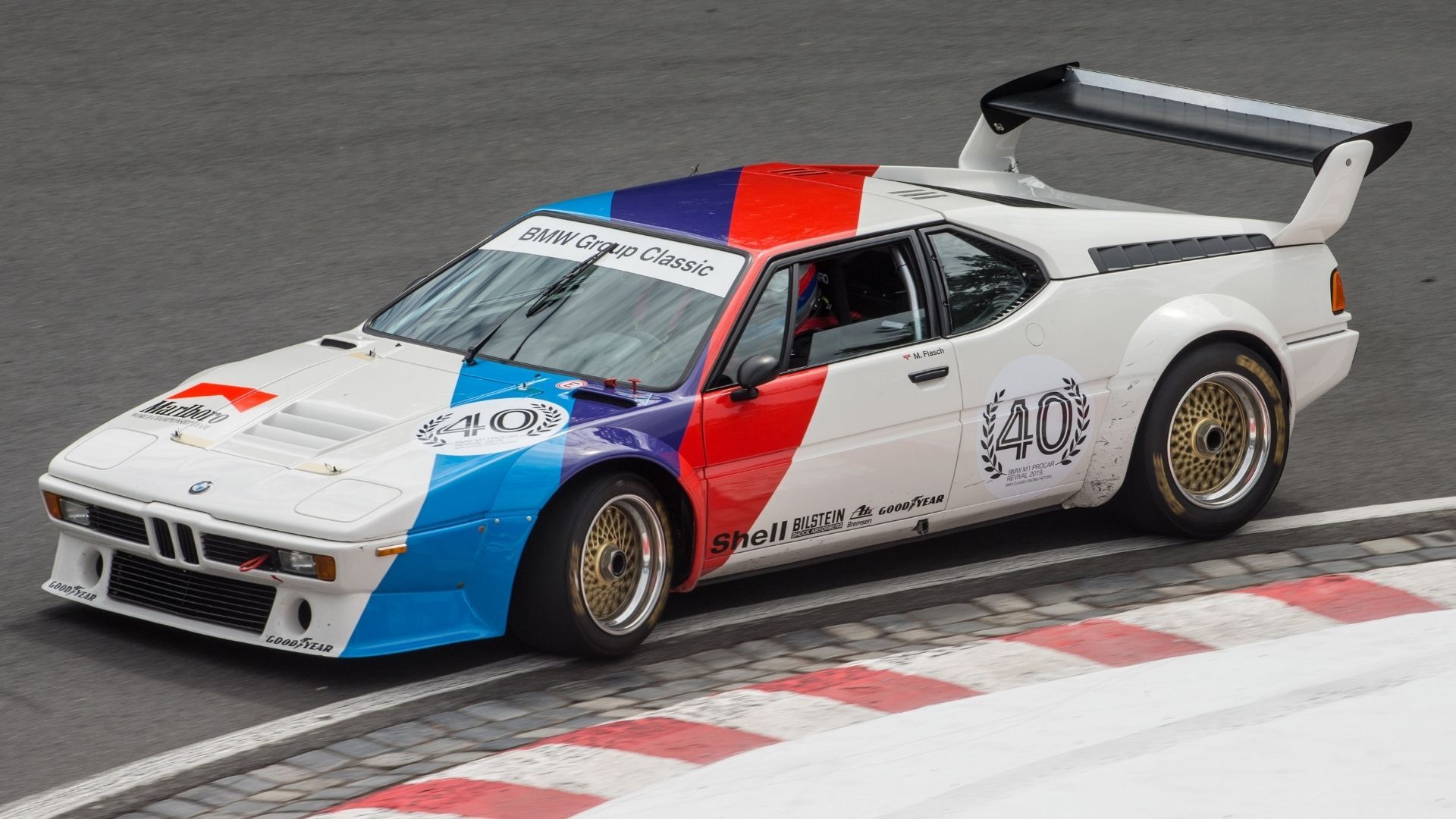
Whatever the initial reasons, one thing is indisputable: the BMW M1 was a financial disaster. Plenty of automakers lose money on a halo supercar, like what Honda did with the NSX, but it’s a calculated strategy to raise brand perception and develop new technologies faster. In this case, BMW management severely messed up and were forced to make the best of the situation.
With only 400 units made, today the M1 enjoys its status as a bonafide collector’s car. You’ll pay a hefty sum for the privilege of owning one.
To learn even more about the BMW M1, watch the video accompanying this article.





